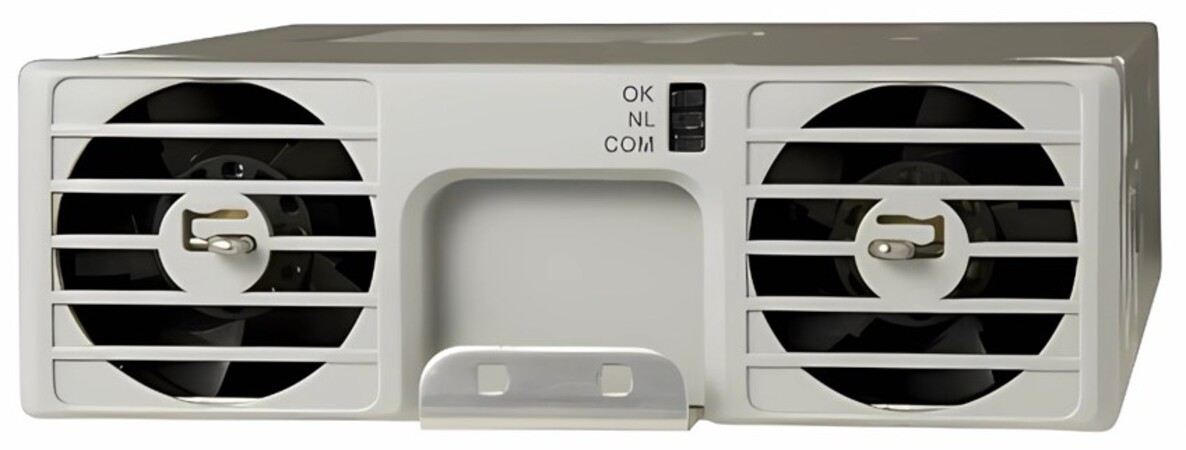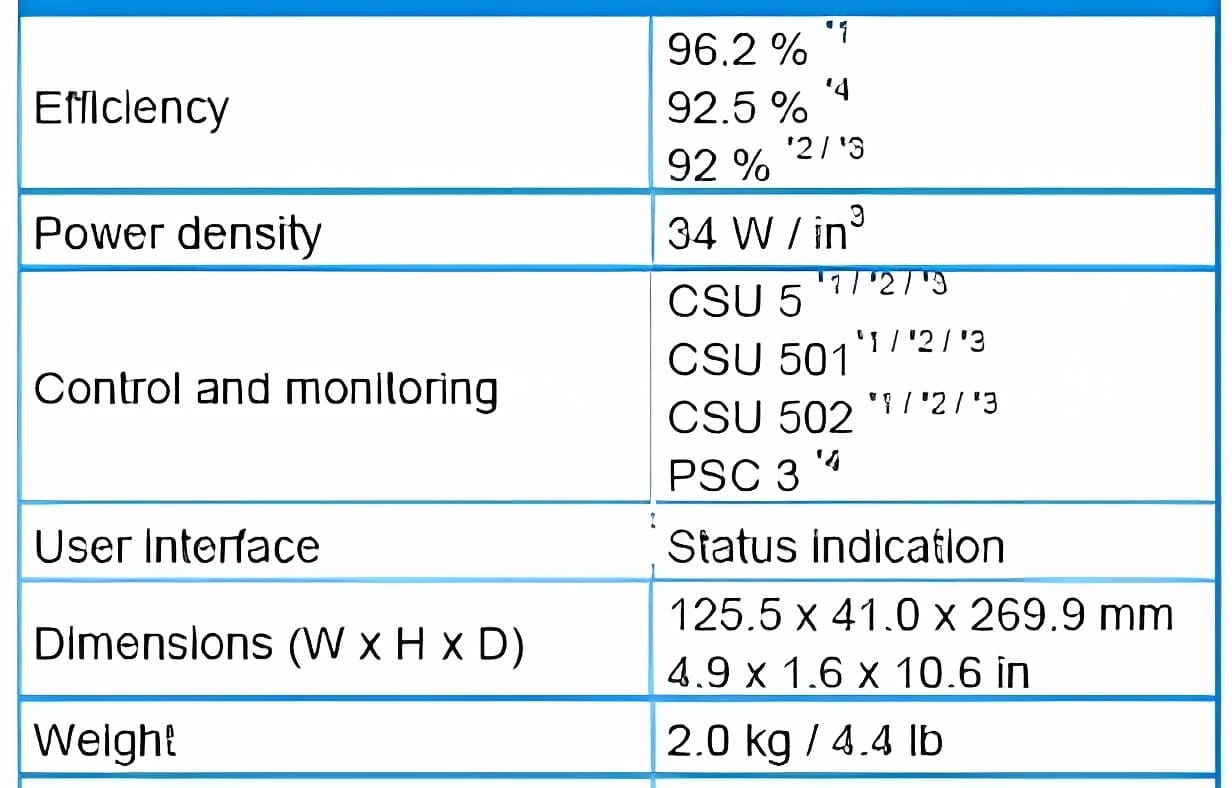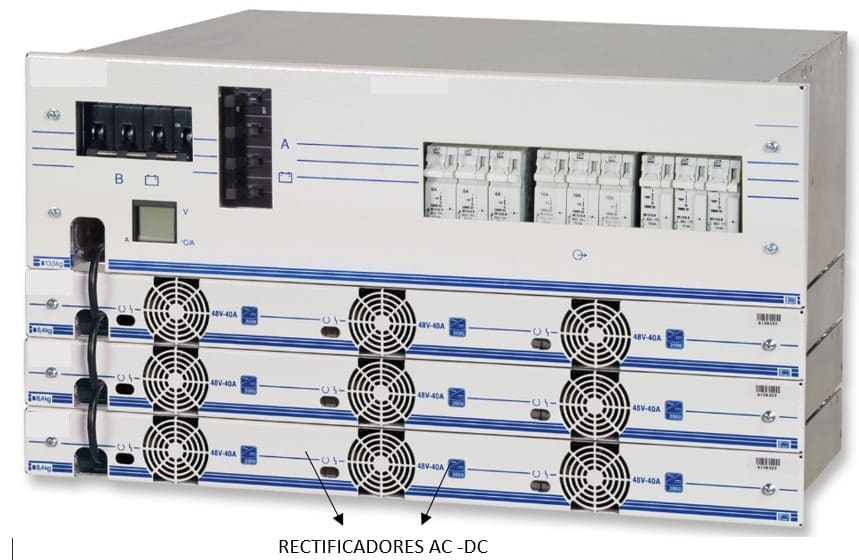AC/DC Power
High-frequency controlled regulation AC-DC rectifiers
In the conversion of AC to DC power, the typical operating frequency is that of the AC line or multiples thereof. AC-DC rectifiers with high-frequency controlled regulation leverage this type of control to enhance their performance.
Indeed, if the operating frequency is increased to the order of thousands of Hertz, power circuits can be downsized. In return, a highly efficient and pure output signal is achieved thanks to high-frequency rectification technology.
What are AC-DC rectifiers for telecommunications with high-frequency controlled regulation?

They are advanced devices that provide a reliable and continuous power source to telecommunications systems.
Utilizing high-frequency technologies and power control, they efficiently convert alternating current into direct current with precision.
Let’s talk about the advantages of high-frequency controlled regulation AC-DC rectifiers
The main advantages of high-frequency rectifiers are:
- Weight and size: They have the approximate dimensions of a shoebox and weigh between 2 and 4 kg depending on their capacity. This is due to their high-frequency technology, making them very versatile for installation.
- High energy efficiency: By reducing energy consumption and losses, this results in minimizing operational costs.
- Better output signal: In addition to being very stable with a low ripple factor, making it ideal for powering highly sensitive equipment.
- Quick response and adaptation to variations in connected electrical loads.
- Detailed management: This allows remote monitoring of any faults that may occur in the system, loads, and the rectifier itself.
In the table below, you can see some of these characteristics of typical high-frequency controlled regulation AC-DC rectifiers:

Obviously, these advantages will be more noticeable in high-quality equipment.
Regarding the disadvantages of high-frequency controlled regulation AC-DC rectifiers
These devices also have some general disadvantages due to their technology:
- High cost: In fact, they are the most expensive AC-DC rectifiers of all technologies due to their electronics and sophistication
- Difficult to repair: Due to the complexity of their design and their compact nature, repairs can be challenging
- Require high-quality power supply: As they are very sensitive to variations in the electrical network, they need additional filters and electrical protection devices, increasing their cost
- Only operate in specially designed power panels: Typically built by the same manufacturer of the rectifiers
- Require periodic maintenance in their cooling system, such as fans and grilles
However, these disadvantages are very small compared to the benefits they offer. So it can be said that the investment in high-frequency AC-DC rectifiers is well worth it. It allows for efficient conversion from alternating current to direct current, in addition to the reliability and safety they provide.
At energydcac, we have posts related to other rectifier technologies. These include thyristor-controlled rectifiers and ferroresonance-controlled rectifiers.
We offer you the Course on Sizing and Design of DC Power Systems for Telecommunications and Critical Systems. In it, we provide you with all the necessary information to design systems with these devices. Get yours now! Additionally, our blog features articles on various topics related to DC/AC power for telecommunications and photovoltaic systems. Don’t miss out on reading them!

